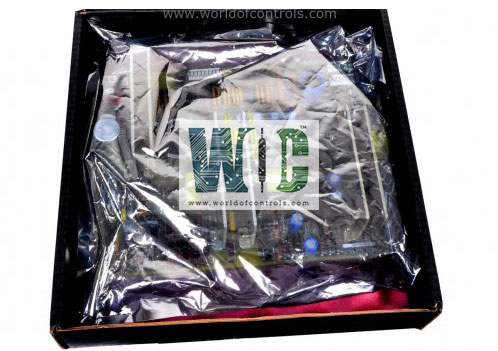
World Of Controls understands the criticality of your requirement and works towards reducing the lead time as much as possible.
IS230TTCSH3B - TMR Module is available in stock which ships the same day.
IS230TTCSH3B - TMR Module comes in UNUSED as well as REBUILT condition.
To avail our best deals for IS230TTCSH3B - TMR Module, contact us and we will get back to you within 24 hours.
Part Number: IS230TTCSH3B
Manufacturer: General Electric
Series: Mark VIe
Function: TMR Module
Availability: In Stock
Country of Manufacture: United States (USA)
IS230TTCSH3B is a TMR Module manufactured by General Electric. It is a part of Mark VIe control system. In a redundant system configuration, such as a Triple Modular Redundant (TMR) system, or a dual system or single system, the controllers play specific roles and interact through dedicated I/O networks (IONets). In a TMR (Triple Modular Redundant) control system, the configuration is typically set to operate with a two-out-of-three selection, maximizing running and tripping reliability. However, for even higher tripping reliability, additional dedicated tripping controls can be implemented. It is crucial that these tripping controls also follow TMR principles to ensure the preservation of running reliability.
WOC is happy to assist you with any of your automation requirements. For pricing and availability on any parts and repairs contact us.
What is IS230TTCSH3B?
It is a TMR Module manufactured and designed by General Electric
How do the controllers in a TMR system configuration operate?
In a system, there are three controllers designated as R, S, and T. Each controller is responsible for its own dedicated I/O network (IONet), namely the R IONet, S IONet, and T IONet. During normal operation, all three controllers receive inputs from the I/O modules across all IONets.
What is the purpose of the two-out-of-three selection in a system?
The two-out-of-three selection is a configuration setting commonly used in TMR systems. It maximizes running and tripping reliability by requiring at least two out of the three controllers to agree on a decision. This redundancy helps ensure that reliable and accurate control actions are taken.
Can additional tripping controls be implemented in a TMR system for increased reliability?
Yes, additional dedicated tripping controls can be implemented to further enhance tripping reliability. It is important that these tripping controls also follow TMR principles to maintain the overall running reliability of the system.